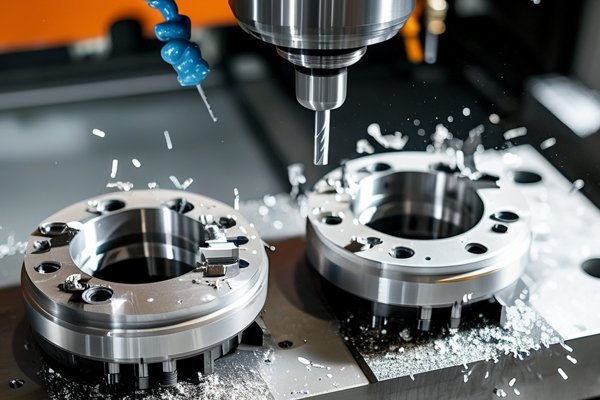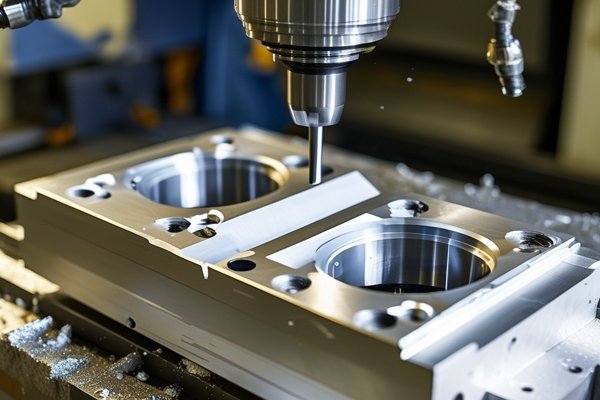Opening
Did you know that tool wear can account for as much as 30% of production costs in CNC machining? This startling statistic highlights the critical role that tool selection and wear play in the manufacturing process. As industries increasingly rely on Computer Numerical Control (CNC) machining for precision parts, understanding how tool choice and degradation affect outcomes becomes essential. In this blog, we will delve into the intricate dynamics of tool selection and wear, exploring their influence on the quality of CNC processed parts while providing practical solutions to mitigate the challenges associated with these factors.
Understanding CNC Machining
CNC machining is a manufacturing process that utilizes computer-controlled machines to produce parts with high precision. It enables a variety of materials to be processed, including metals, plastics, and composites. The quality of the final product hinges on numerous variables, including the machine’s settings, the type of material being machined, and, crucially, the tools employed in the machining process.
Part 1: The Importance of Tool Selection
1.1 Types of Tools
The selection of the appropriate tool for a specific job is paramount in achieving desired machining results. Tools used in CNC machinings, such as drills, end mills, and lathes, come in various shapes, sizes, and materials. Common types include:
1.2 Material Compatibility
Choosing the right tool material is essential for achieving the best results. For instance, a carbide tool would be more suitable for machining harder materials like titanium than an HSS tool. Failing to select a compatible tool can result in poor surface finishes, dimensional inaccuracies, and increased wear rates.
1.3 Coatings and Treatments
Coated tools are an excellent choice for external machining applications. Coatings such as TiN (Titanium Nitride) or TiAlN (Titanium Aluminum Nitride) enhance tool performance by reducing friction and improving heat dissipation. Selecting a tool with an appropriate coating can lead to prolonged tool life and improved product quality.
Part 2: The Science of Tool Wear
2.1 Phases of Tool Wear
Understanding the wear mechanisms at play in CNC machining is crucial. Tool wear typically progresses through several stages:

2.2 Factors Contributing to Tool Wear
Part 3: Solutions to Minimize Tool Wear
3.1 Regular Maintenance and Monitoring
Establishing a routine maintenance schedule for CNC machines can significantly reduce the effects of tool wear. Regular inspections allow for early detection of wear and damage, enabling timely tool replacements and adjustments to machining parameters.
3.2 Technological Aids
Implementing advanced technologies such as predictive maintenance tools can enhance real-time monitoring of tool wear. Sensors can detect wear levels and alert operators to when tools need to be changed, minimizing unexpected downtime.
3.3 Optimized Machining Parameters
Fine-tuning machining parameters such as speed, feed rate, and depth of cut can dramatically influence the wear rate. Conducting experiments to find the optimal settings for different materials and tools will yield better outcomes.
3.4 Tool Materials and Designs
Investing in the latest tool materials and designs can provide a competitive edge. Tools with advanced geometries and coatings can offer superior wear resistance, thereby enhancing productivity.
In summary, the selection of tools and their wear characteristics play a fundamental role in the quality of CNC processed parts. Understanding the types of tools available, the factors contributing to tool wear, and implementing solutions to mitigate wear can have a profound impact on overall quality, efficiency, and cost-effectiveness in production.
As you ponder over the importance of tool selection and wear in CNC machining, recognize that investing time in choosing the right tools and maintaining them will pay dividends in the form of higher-quality products, reduced operational costs, and streamlined manufacturing processes. This blog aimed to provide valuable insights you can consider in your manufacturing strategy, ensuring that every machined part meets its intended specifications while keeping pace with the demands of modern industry.






